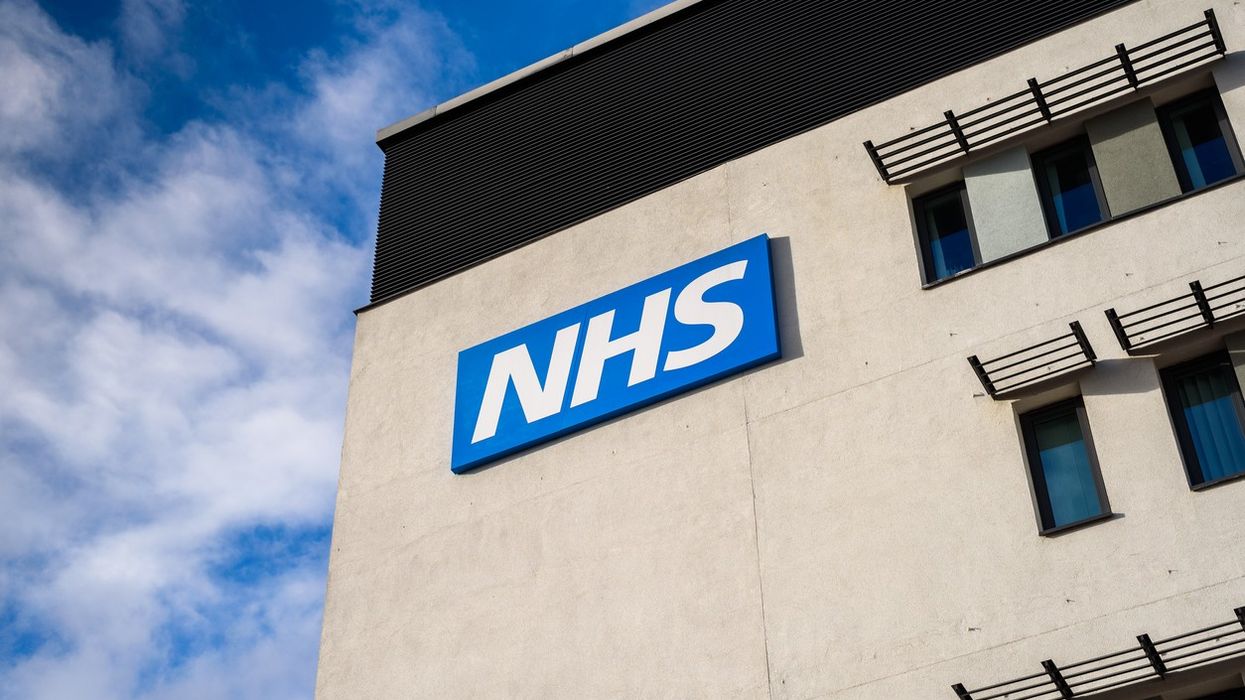Andy Johnson reveals how back-office and admin efficiencies can ease pressure on already stretched pharmacists and their teams…
The race to deliver the country’s biggest ever flu vaccination campaign represents just one pressure facing the pharmacy sector this winter. In a cold and flu season like no other, the weight of operating in a pandemic is adding to the already heavy workloads of healthcare professionals.
Yet even before the impact of Covid-19 on the UK would be known, pharmacists were feeling the heat from increasing workloads. A growing number of them are suffering from stress and their increasing workload is harming their mental health. Our research of 100 pharmacists, carried out last winter, revealed that almost all (97 per cent) expected pressure on them and their pharmacies to ramp-up significantly moving forward.
The new five-year funding contract and the introduction of pilots for new services covering palliative care medicines, hypertension and atrial fibrillation and stop smoking referrals from secondary care, are undoubtedly posing new challenges.
Offering a greater range of services means more administration, and our findings showed this to be a significant pain point for 60 per cent of the pharmacists we researched, alongside retaining staff and freeing-up resources to ensure they have the right amount of capacity to deliver both training and new services.
Tackling the complexity
Against this backdrop, there is a strong desire to make these administration processes simpler and more efficient in the back-office. The pharmacists we spoke to cited complex working processes between pharmacies and GP practices (71 per cent), handling prescription levels (50 per cent), keeping up with printing and labelling requirements (48 per cent) and managing patient records (41 per cent) as their main sources of frustration when it comes to the back-office.Much effort is being put on digitising patient information alongside other processes and improving IT networks to deliver meaningful, new efficiencies which can reduce the administrative burden on pharmacists and their employees.
But one area which is occasionally overlooked for grander infrastructure changes is document and label printing. Since the implementation of the Electronic Prescription Service (EPS), some of our pharmacy customers have told us that they’ve seen print volumes increase significantly, despite a key aim of the scheme being to reduce paper processes.
Now, more than 85 per cent of primary care prescriptions in England are processed electronically, after a rise in use of the service during the pandemic, according to the NHS. That’s up from 75 per cent in 2019.
The desire to review how these operations are managed is certainly there. Our research found that 89 per cent of the pharmacists we researched said that outsourcing administrative work will help direct more resource to patient services.
As a result, we’re seeing an increasing number consider a Managed Print Service (MPS), where they are benefitting from having access to new devices with automated supply ordering and on-hand maintenance, without the large up-front cost, so they can provide an uninterrupted service.
Day Lewis, for example, has used MPS to increase the uptime of its 360 printers across 300 branches to 99 per cent, enabling its pharmacists to spend more time focussing on patient services. The group is also saving approximately £100,000 per year by removing the need for internal support functions.
So, outsourcing doesn’t have to come at an extra cost to pharmacies, which are under increasing pressure to reduce costs.
Improving workflow and identification
Alongside this, pharmacists are increasingly demanding smarter print and scan devices that have the right software and functions to seamlessly integrate into existing workflows. This is helping staff to carry out tasks like labelling counter bags and scanning reimbursement forms more efficiently, with less room for error.Modern scan devices for example, can scan directly into clinical software using barcode separation. Meanwhile, label printers can also connect to user’s databases, with label editing software making customisation easy too.
Time saved
It’s clear that administrative processes are becoming an increasingly significant burden for pharmacists at a time when the strains on their businesses are rising, not only through the impact of Covid-19, but in delivering the raft of new patient services against a backdrop of funding shortages.And while there’s no silver bullet to fix every pain point that pharmacists face across the back-office, from reducing the friction between GP surgeries and pharmacies to improving how they manage the growing volumes of patient data, a fresh look at how print estates are operated and managed can often provide an opportunity to deliver meaningful new efficiencies.
The sector has significant challenges to address beyond the Covid-19 pandemic. Continuing to transform services to ensure patients receive the best care possible will be the priority, but the potential for positive change in the back-office shouldn’t be overlooked.
Andy Johnson is head of product and solutions management at Brother UK.
This article also appears in the print edition of Pharmacy Business/Oct 2020.











